Call: 519-919-6997
CLASSIC DEFINITION
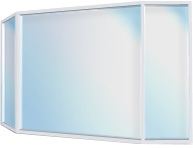 Bays
Bays
A bay window is a window space projecting outward from the main walls of a building and forming a bay in a room, either square or polygonal in plan. The angles most commonly used on the inside corners of the bay are 30, and 45 degrees. Bay windows can be made up of casement, awning, fixed or double hung windows and are available in a wide variety of finishes.Bay windows are often associated with Victorian architecture. They first achieved widespread popularity in the 1870s.
The windows are commonly used to provide the illusion of a larger room. They are used to increase the flow of natural light into a building as well as provide views of the outside that would be unavailable with an ordinary window. It is perhaps for these reasons that bay windows have become an architectural staple in San Francisco, a city of limited space.
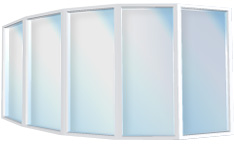 Bows
Bows
A bow window is a curved bay window. Bow windows are designed to create space by projecting beyond the exterior wall of a building, and to provide a wider view of the garden or street outside, and typically combine four or more windows, which are joined together to form an arch. Bow windows can be made up of casement, awning, fixed or double hung windows and are available in a wide variety of finishes.
MISCONCEPTION – Some people use bay and bow windows interchangeably as both are a group of windows that protrude from a structure. In classic definition, a bow window can only be round while bay windows are geometric.
Exterior Colours

Pebble

Black

Canyon Clay

Chestnut Brown

Comm Brown

Ivory

Sable

Sandalwood

Wicker

Burgandy
There may be a slight variance between the samples below and the actual colours
Glass Options
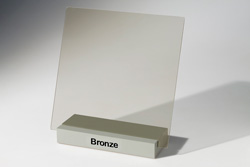
Bronze Tint
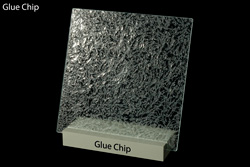
Glue Chip

Green-Tint
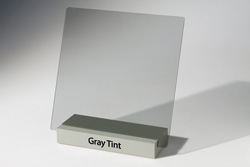
Grey Tint

Obscure

Rain
Window System Matching
Whether you’re building a new home or you’re tired of feeling drafts around the windows in your current home, there are a lot of choices that go into purchasing new windows. Far from just glass in the wall, windows come in many types with many options. You’ll want to consider all of them so you can make the best choice for your lifestyle.
Considerations:
The type of window you choose for your house will be determined in part by whether you’re choosing windows for new construction or whether you’re replacing windows in a house that’s already built. For new construction, your only limitations are your budget and imagination. With replacement windows, you’ll want to choose windows that fit into the existing openings and that match the overall style of the house.
Styles:
Your first decision is what style of window you want. There are two types of windows that swing open on a hinge. Casement windows are hinged on the side, while awning windows are hinged on the top. Two other types of windows open by having one window sash slide past another. Double-hung windows open by pulling one sash upward past the other. With gliding windows, you pull one sash to the side past the other.
There are also several types of stationary windows, meaning windows that don’t open. Bay or bow windows, project out from your house, creating an extension of sorts you’re your living space. Picture, Fixed or transom windows can be small windows designed to match your double-hung or casement windows, or they can be large, stand-alone windows. You can also request specialty windows, which may be curved or involve odd angles.
Glass Types:
Another choice involved in windows is what type of glass to use. The basic type is clear glass, but interest in energy savings has led to the adding of tints and coatings to basic clear glass. Low-emissivity, or low-e, glass has a coating to reduce the transfer of heat through the window. Heat-absorbing glass is coated so that it absorbs incoming heat. Reflective glass has a reflective tint that reflects both heat and light from the window.
You can choose between double or triple glazed windows. With both options, the argon gas between the layers of glass acts as an insulator. Both options give qualify for Energy Star with the triple out performing the double, for that add extra “Comfort Level”




